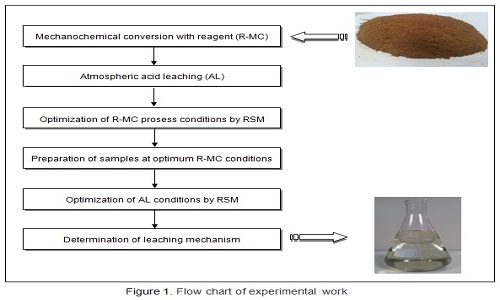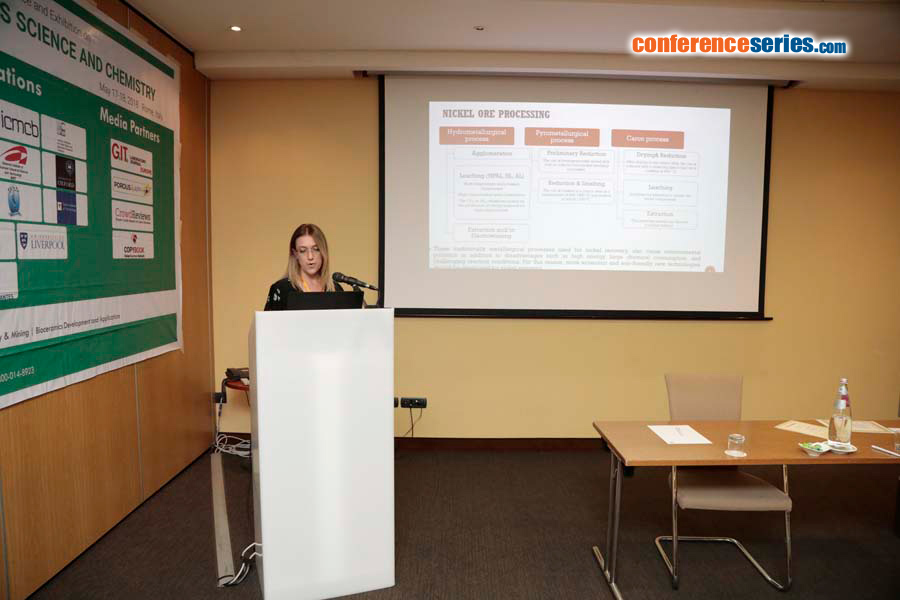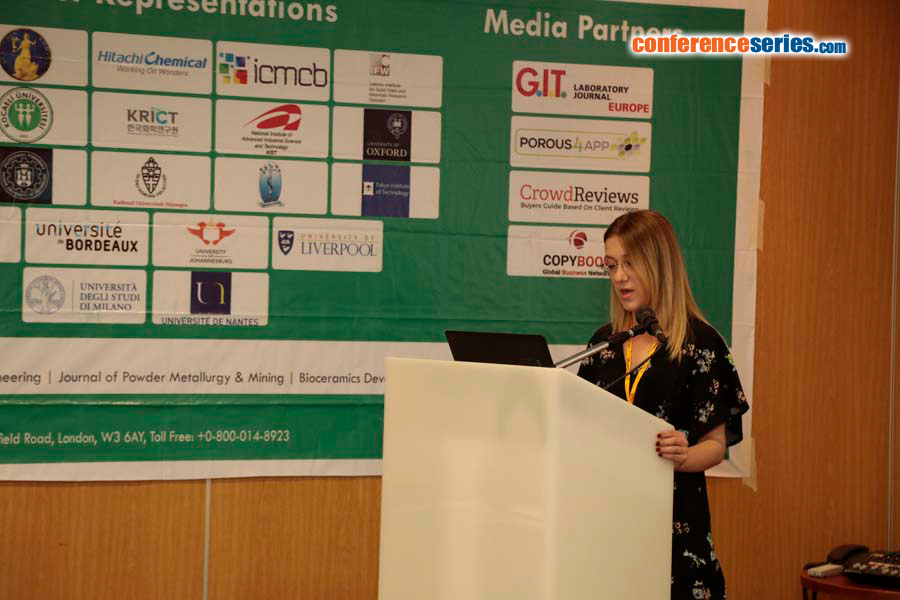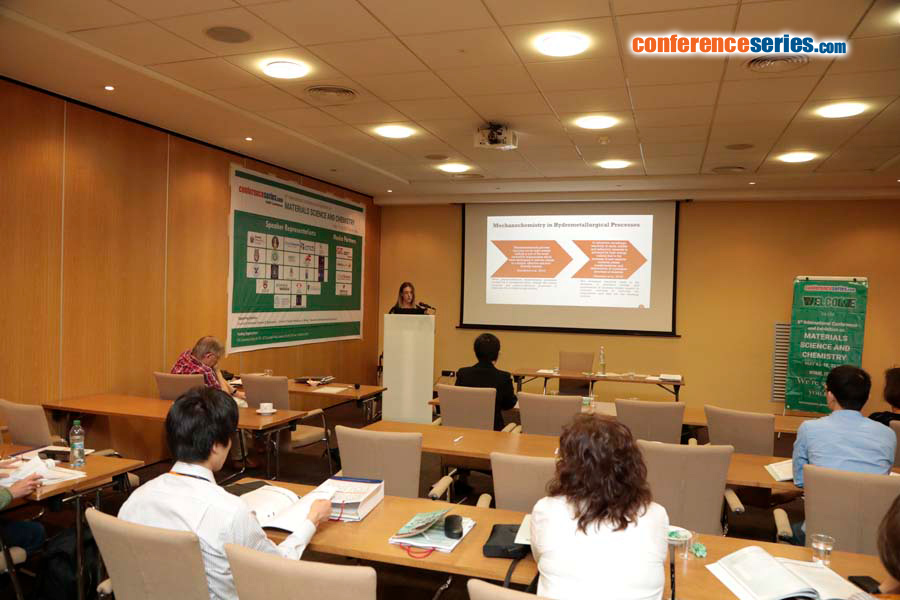
Seda Cetintas
Kocaeli University, Turkey
Title: YRF: A new hydrometallurgical process involving mechanochemical conversion with reagent
Biography
Biography: Seda Cetintas
Abstract
In this study, a new application of nickel improvement is proposed involving mechanochemical conversion with a reagent (R-MC) followed by an acid leaching (AL) process. It was developed based on the synergistic effects of high-energy milling and different chemical reagents which have a positive effect on extractive metallurgical leaching processes. The combination of R-MC as a pretreatment of AL aimed to overcome the disadvantages of traditional metallurgical processes used for nickel recovery, such as high temperature, high acid concentration, high cost and material requirements. For the statistical design of experiments combined with regression techniques, response surface methodology (RSM) involving central composite design (CCD) was applied to optimize the key factors that affect processes conditions in both R-MC and AL for high-efficiency nickel recovery. The optimum processes conditions of both R-MC and AL were determined for high-efficiency nickel recovery process by designing the experiment and performing a statistical analysis on the experimental data. The large determination coefficients (R2>95%) for each process indicated that CCD is a suitable design for both mechanochemical process with reagent and acid leaching. The FTIR, XRD and SEM analyses results support each other in that the application of mechanochemical processes has positive effects on valuable metal recovery in extractive metallurgy. In addition, the experimental data obtained from leaching experiments was evaluated according to shrinking core model equations to determine the advantages of mechanochemical processes on leaching kinetics. The leaching control step was identified as both chemically and diffusion-controlled by the shrinking core kinetic model. Thus, this study provided a new and more economical method in which mechanochemical pretreatments with reagents were combined with acid leaching. The positive effect of mechanochemical processes on leaching with reagents was defined by their high nickel efficiency (Ni(%)>95%) at lower acid concentrations (0.5 M






